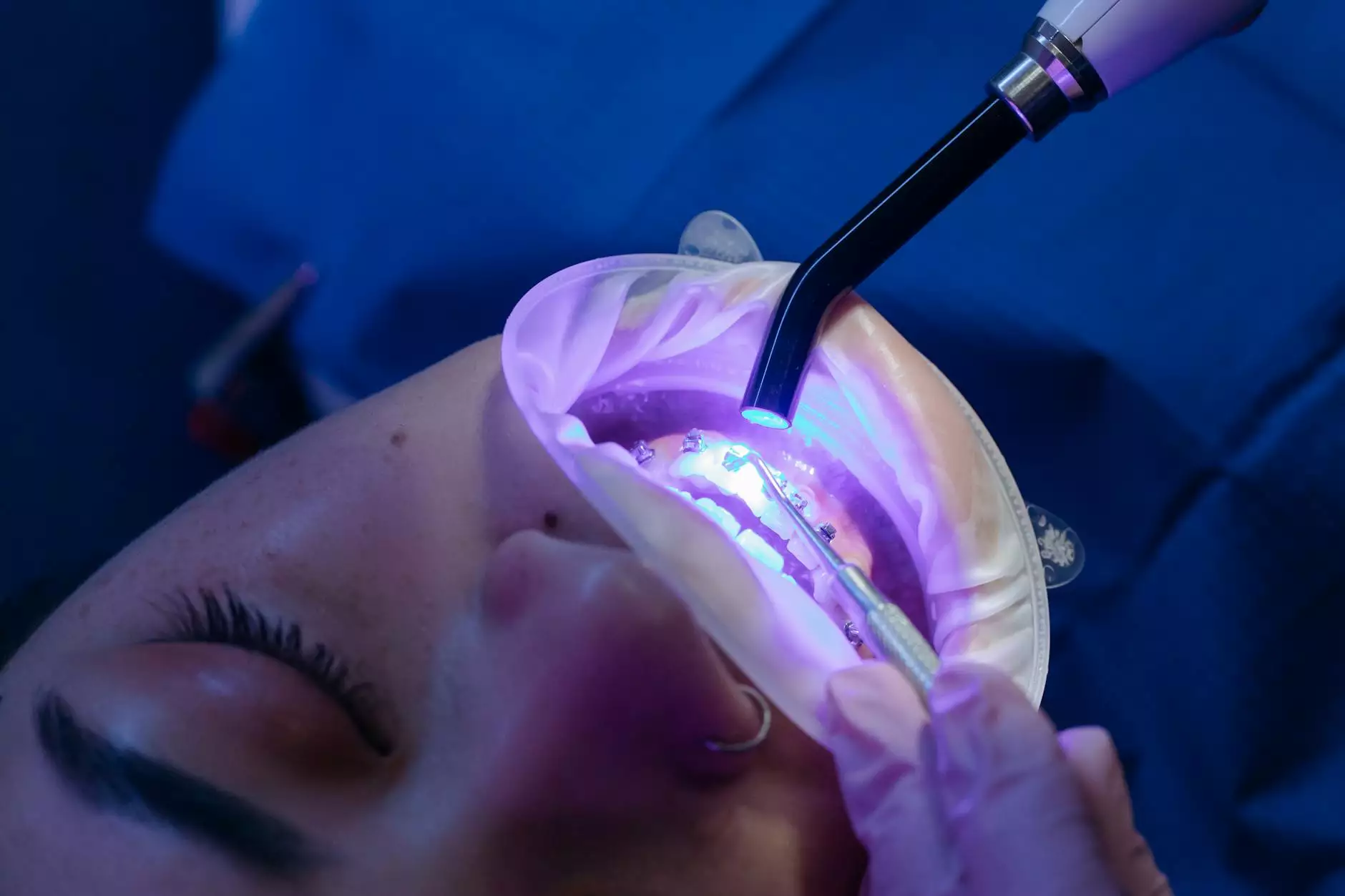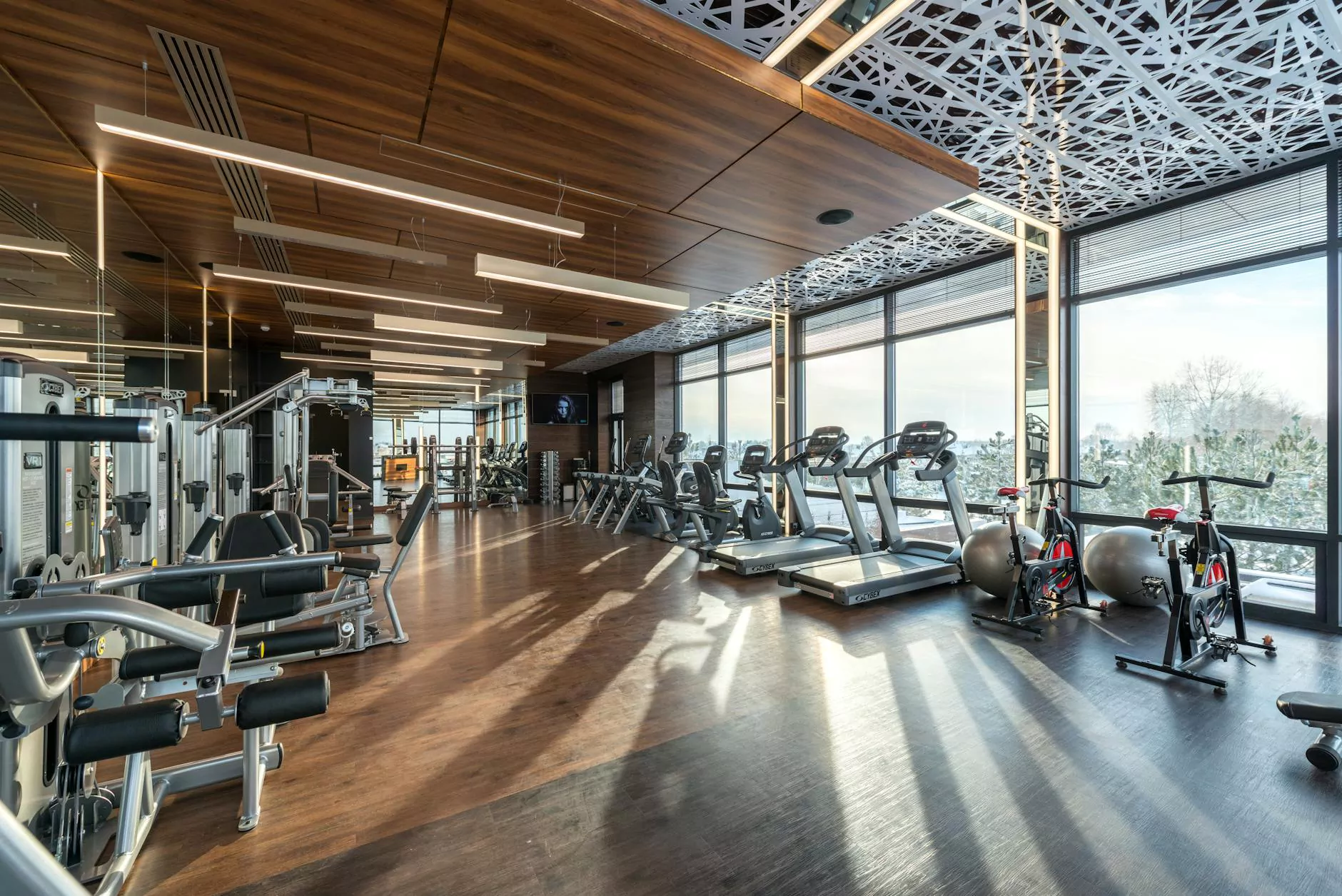Understanding Retractors for Surgery: A Comprehensive Guide

Retractors for surgery are vital surgical instruments designed to hold an incision or wound open during surgical procedures, allowing surgeons clear visibility and access to the area of interest. They are widely used across various surgical specialties, including orthopedic, cardiovascular, and general surgery. This detailed guide aims to explore the different types of surgical retractors, their advantages, and how they are utilized to enhance patient outcomes.
The Importance of Surgical Retractors
The presence of retractors in the surgical arena is critical for several reasons:
- Enhanced Visibility: They keep tissues apart, providing unobstructed views of the surgical site.
- Surgical Precision: Retractors enable surgeons to work with precision, reducing the risk of accidental trauma to surrounding tissues.
- Reduced Fatigue: By holding back tissues, retractors reduce the physical strain on surgeons, allowing for more extended and complex operations.
- Improved Access: Specific retractors are designed to accommodate surgeries in hard-to-reach areas of the body.
Types of Surgical Retractors
Surgical retractors can be broadly categorized into two types: self-retaining retractors and hand-held retractors. Each type serves unique purposes and offers various benefits.
1. Self-Retaining Retractors
Self-retaining retractors are designed to maintain their position without continuous manual assistance. They feature mechanisms to lock into place, allowing hands-free access to the surgical site. Some popular examples include:
- Balfour Retractor: Ideal for abdominal surgeries, it provides excellent visibility of the surgical site.
- Bookwalter Retractor: Versatile and adaptable, commonly used in complex surgeries needing extensive exposure.
- Weitlaner Retractor: Used in procedures requiring superficial tissue retention, featuring prongs that can hold back skin and muscle layers.
2. Hand-Held Retractors
These retractors require a surgeon or surgical assistant to maintain their position during surgery. They come in various shapes and sizes to accommodate different surgical needs. Notable examples include:
- Malleable Retractor: Flexible and customizable, it is used in deep surgical fields or irregular contours.
- Army-Navy Retractor: A dual-ended retractor ideal for both shallow and deep incisions.
- Richardson Retractor: Commonly used in abdominal and thoracic surgeries to maintain visibility.
Choosing the Right Retractor
Choosing the appropriate retractor for surgery is critical for optimizing surgical outcomes. Consider the following factors:
- Surgical Specialty: Different specialties may require specific retractors tailored to their unique needs and anatomical regions.
- Incision Size: The size and type of incision will influence the choice of retractor to ensure adequate exposure.
- Surgeon's Preference: Familiarity with certain retractors may affect a surgeon’s choice, as ease of use can enhance procedural efficiency.
- Patient Factors: Anatomical variations among patients can dictate the type of retractor best suited for an individual case.
Benefits of Using Retractors in Surgery
The effective use of retractors yields numerous benefits, including:
- Increased Safety: Minimizes the risk of injury to underlying tissues and organs during surgical manipulation.
- Enhanced Surgical Outcomes: By providing a clear view, retractors can improve the accuracy of the procedure, leading to better patient results.
- Streamlined Procedures: Reduces the time taken for surgeries, as clear visibility allows for more efficient movements and less disruption.
- Improved Team Coordination: With retractors placed correctly, surgical teams can function more effectively during operations.
Innovations in Retractor Designs
With advances in technology, the design and functionality of surgical retractors have evolved remarkably. Some notable innovations include:
- Light-Emitting Retractors: Incorporated LED lights to enhance visibility in darker surgical fields.
- Ergonomically Designed Handles: Promote easier handling, reducing strain during extended procedures.
- Customizable Modular Systems: Allow for an array of attachments and configurations tailored to specific surgical needs.
Training and Best Practices for Using Surgical Retractors
Proper training is essential for surgical teams to effectively use retractors. Best practices include:
- Thorough Familiarization: Surgeons and assistants should be well-acquainted with the types of retractors available and their specific applications.
- Correct Placement: Understanding the anatomical structures involved is critical for the safe and effective placement of retractors.
- Regular Maintenance: Ensuring that retractors are sterile, undamaged, and in proper working order to avoid complications during procedures.
Conclusion
In summary, retractors for surgery are indispensable tools that significantly improve the safety and efficacy of surgical procedures. By providing surgeons with optimal exposure to the surgical area, retractors play a pivotal role in enhancing patient outcomes and facilitating successful surgeries. As technology advances, continued innovations in retractor design promise to further enhance their effectiveness, ensuring that surgical teams can operate with even greater precision and confidence. For those seeking high-quality surgical instruments, including retractors, New Med Instruments is a preferred destination, offering a wide range of medical supplies to meet the needs of healthcare professionals.
Explore More on Surgical Instruments
For detailed insights into surgical instruments and their applications in health and medicine, visit our other sections on Health & Medical, Health Markets, and Medical Supplies to stay informed about the best practices and tools available in the industry.









